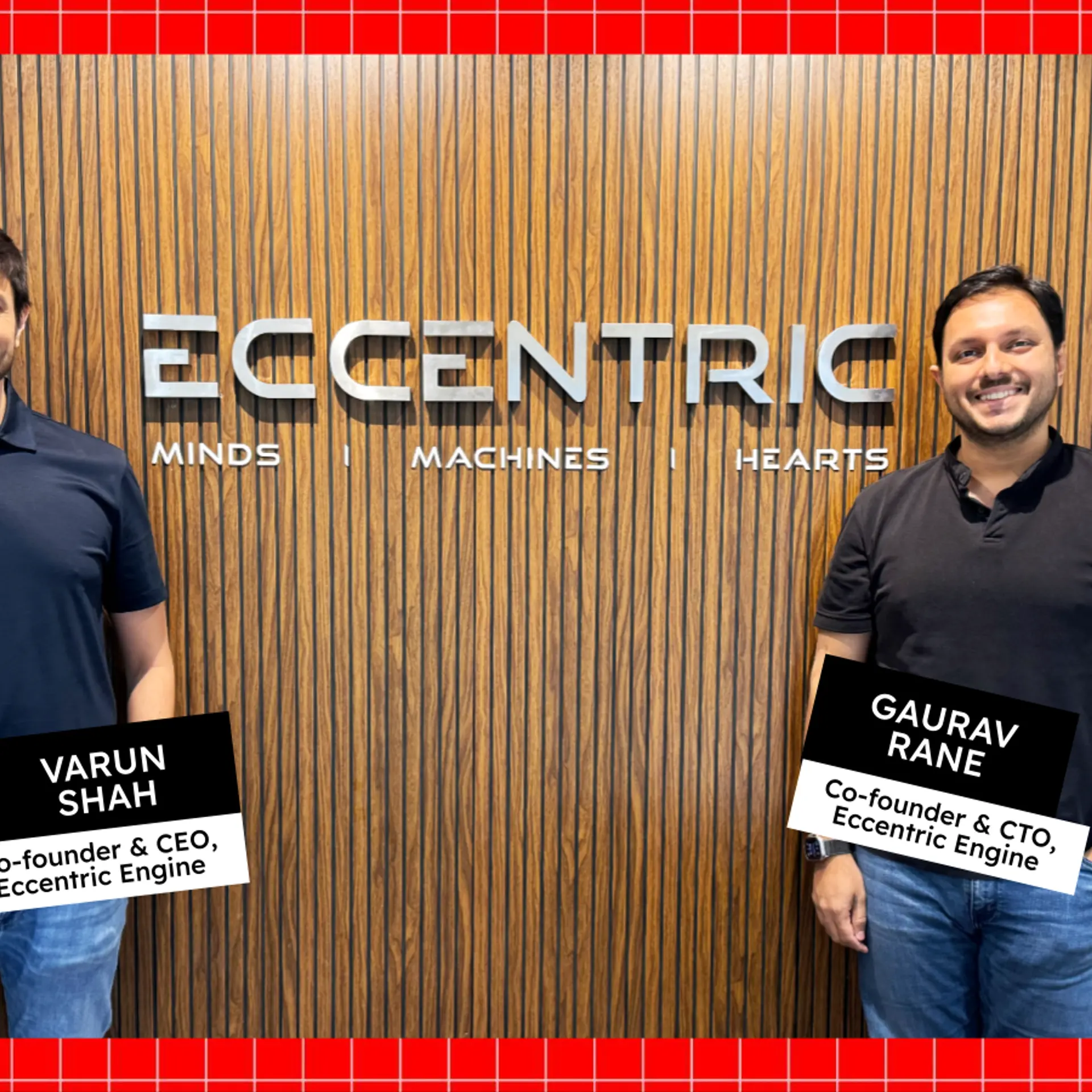Studies have shown that human beings can process and understand visuals faster than words. According to Hubspot, 90% of information transmitted to the brain is visual, and this information is processed 60,000 times faster than text. This basic understanding of the power of visuals today is responsible for driving Pinterest, Etsy and Twitter focus on the visual aspect of their design.

In India, e-commerce sector is the first to fiddle with the visual search. Flipkart recently launched visual (image) search feature at beta stage, which is available on upgrading its mobile app. Powered by Mad Street Den (MSD), Voonik, and Craftsvilla have also joined the bandwagon of image search capabilities on their platforms.
The visual technology
Launched at MobileSparks 2013, Chennai-based Mad Street Den is an artificial intelligence and computer vision startup which has built a cloud-based platform MADStack behind the visual search engines of Voonik and Craftvilla. MSD raised its seed round of $1.5M at the start of this year and plans to raise another one any time soon.

The MADStack contains several modules, including object recognition, gesture recognition, emotion recognition and many more powering a wide range of applications and verticals. Traditionally, recommendations have worked with meta data tags which someone has to manually put in identifying different aspects of a clothing. For example, color, pattern, and sleeve etc. The recommendation engine itself would look for similar clothes to the one being viewed based on the tags and then provide the results.The other method or approach has been collaborative filtering, which looks at the outfit the user is looking at and then says, "Here is a list of other items that people who looked at this outfit, typically clicked on or bought."
MSD's Visual search and recommendations technology analyzes color, pattern, gender, category of the clothing visually, and pulls up visually similar clothes to the one being viewed by the user. This also allows the company to generate tags automatically as opposed to needing someone to manually tag aspects of a clothing.
Others v/s MADStack
MSD has a horizontal computer vision platform going across object recognition (powering their visual search), gesture recognition, emotion recognition and more. This enables them to recognize several aspects of a consumer's experience across physical and digital spaces. It puts them in a unique position, allowing them to offer several features to the customers they work with across all verticals. For example, for fashion e-commerce, they can power visual search, recommendations, interactive store front retail displays, virtual mirror (building the tech to enable this use case with partners), and social fashion based analytics and many more use cases for the same customers.
Other players in the market like Wishary are also using image search on their platform while Wazzat Labs from Target Accelerator, and Snapshopr are building visual search technologies for many more e-commerce companies.

Visual search at Voonik & Craftsvilla
If you click on any piece of clothing on the app, you can roll out a 'visually similar' carousel that reveals a range of clothes similar to the ones you're viewing. MADstack allows e-commerce companies to bring visual search to its consumers. Consumers just take a picture of an outfit or anything that they see in a color/pattern they like and can instantly find it online.
More @MSD
MSD's AI foray starts with fashion tech this year and their flagship products include Visual Search, visually powered recommendations, auto tagging, and 3D reconstruction for Virtual Mirror, making them a one-stop shop for all AI powered fashion.
MSD also caters to gaming, ad tech, and analytics companies where its tools enable the user engagement measurement and market research. Ashwini explains that with MADStreetDen, there is no need for exclusive hardware. The idea is to bring AI and computer vision to people with all kinds of devices from low-end smartphones to high-end public / retail displays with minimal investment.







